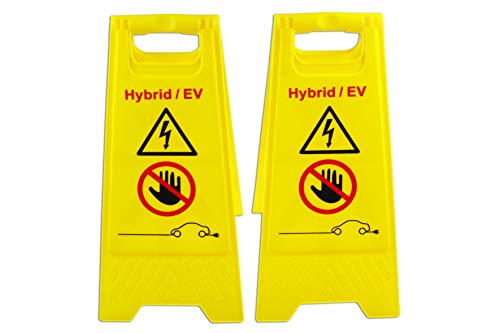Hello,
For my residential battery project, I would like to understand in detail how battery balancing works.
Does this balancing only occur at the end of the charge or also during use of the car?
Does anyone have logs of CAN communications between the BMU card and the CMU cards in different use cases?
Thanks
Best regards
For my residential battery project, I would like to understand in detail how battery balancing works.
Does this balancing only occur at the end of the charge or also during use of the car?
Does anyone have logs of CAN communications between the BMU card and the CMU cards in different use cases?
Thanks
Best regards




































